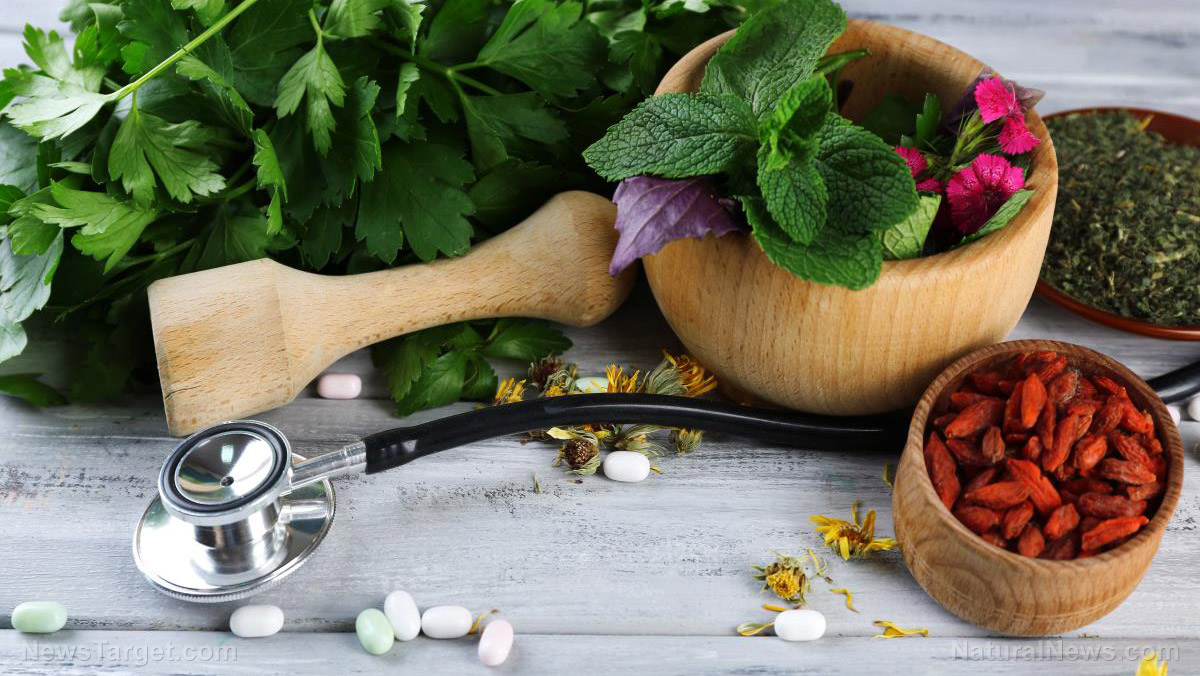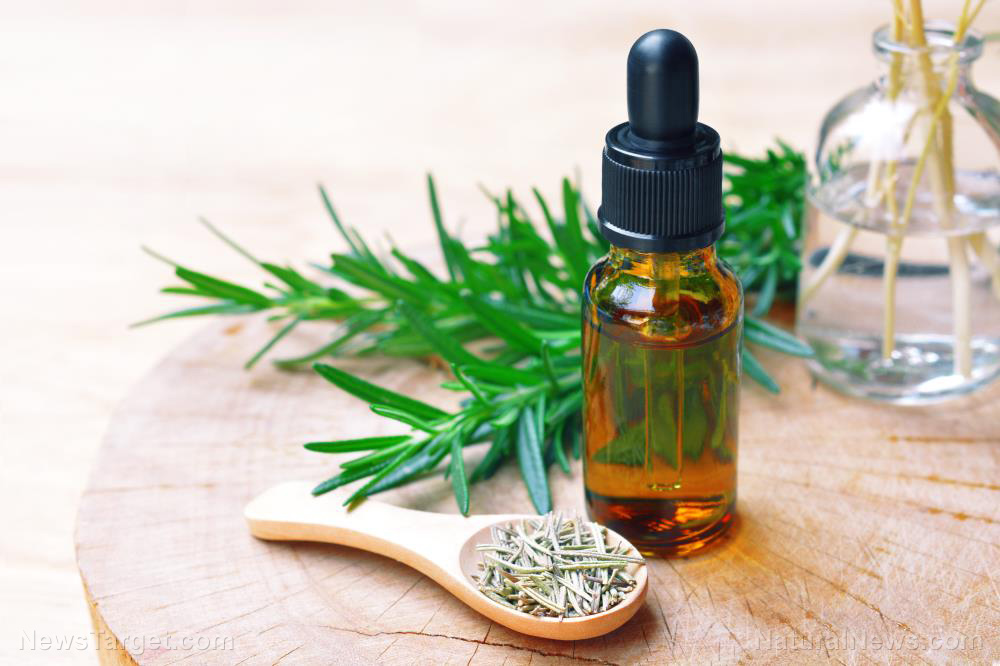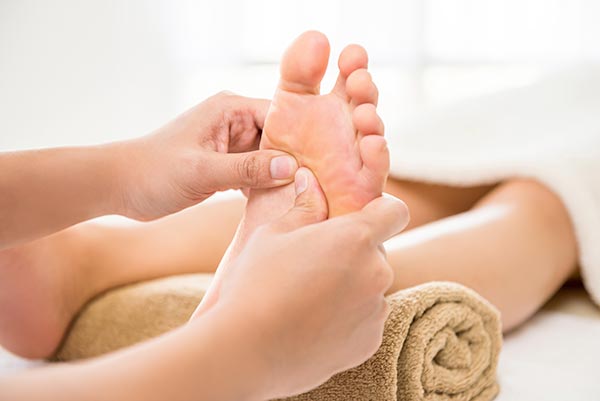
In other parts of the world, certain tribes and cultures still rely on "local Shamans or healers" when they are in need of medical help. A lot of the herbal cures used are just as effective as any drug you can buy at the pharmacy. Most of the modern cures that we use without a second thought even owe their discovery to various plants found in the rain forests.
Always keep these natural first-aid treatments in mind because they can spell the difference between survival and death when you're in the great outdoors. (h/t to BioPrepper.com)
Aches, pains, and sprains – Analgesics (pain relief)
- Aches, pains, and sprains can be treated using a warm compress made of crushed leaves of dock, plantain, chickweed, willow bark, garlic, or sorrel. Sweetgum also has some analgesic properties. Willow bark can be chewed, or it can be used to make tea for pain relief since it contains salicylic acid, the raw component of aspirin. Salves made by mixing the expressed juices of these plants and animal fat or vegetable oils can also be used for pain relief.
Bleeding – Antihemorrhagics
- Plantain leaves can be used to create medication that can stop bleeding wounds. You can also use common yarrow or woundwort (Achillea millefolium). These plants create a "physical barrier" to stop the bleeding. The raw, peeled part of prickly pear or witch hazel can also be applied to wounds. Both plants have astringent properties, meaning they help shrink blood vessels.
- The leaves of the American sweetgum tree can be "chewed or used as a toothpick" to cure bleeding gums or mouth sores. This plant also has some chemical and antiseptic properties.
Infections – Antiseptics
- Sugar and honey are two of the best antiseptics. Apply sugar to the wound until it becomes syrupy, then wash it off and reapply. Honey must be applied three times daily. Honey is the best antiseptic for open wounds and burns, with sugar a close second.
- Antiseptics can be made from the expressed juice of wild onion or garlic, the expressed juice from chickweed leaves, or the crushed leaves of dock. These natural antiseptics can clean wounds, snakebites, sores, or rashes.
- Antiseptics can also be made by boiling burdock root, mallow leaves or roots, or white oak bark (which contains tannic acid). Prickly pear, slippery elm, yarrow, and sweetgum can also be used as antiseptics. Take note that these are all for external use only.
Insect Bites and Stings
Relieve itching and discomfort caused by insect bites and stings by applying:
- Coconut meat
- Cold compresses
- A cooling paste of mud and ashes
- Crushed cloves of garlic
- Onion
- Sap from dandelions
Other tips:
- Treat diarrhea by drinking tea made from the roots of blackberries. Tea made from cowberry, cranberry, or hazel leaves will also work.
- Reduce fever with tea made from willow bark, elderberries, linden flower, or aspen or slippery elm bark.
- Tea made from mint leaves or passionflower leaves has a sedative effect. This can help you get some rest during tense survival situations.
- Always bring extra bandages. Even female sanitary "maxi pads" will do because they are highly absorbent, but make sure they're not scented.
Other herbal remedies
Here are some additional herbal remedies that can help you when you're out in the wild:
- Black Cohosh/Jamaican Dogwood/ Cramp Bark extract – Make an equal parts mix of the three to ease any kind of pain such as headaches, injuries, menstrual cramps, etc.
- Cayenne – Can be used to cure colds and the flu as it clears the sinuses. It can also be combined with some honey and lemon to cure a sore throat.
- Eleuthero (Eleutherococcus senticosus) and rhodiola (Rhodiola rosea) – These are adaptogens that "maximize overall resiliency and wellness."
You can read more articles about herbs and other natural cures at Healing.news.
Sources include:
Please contact us for more information.























